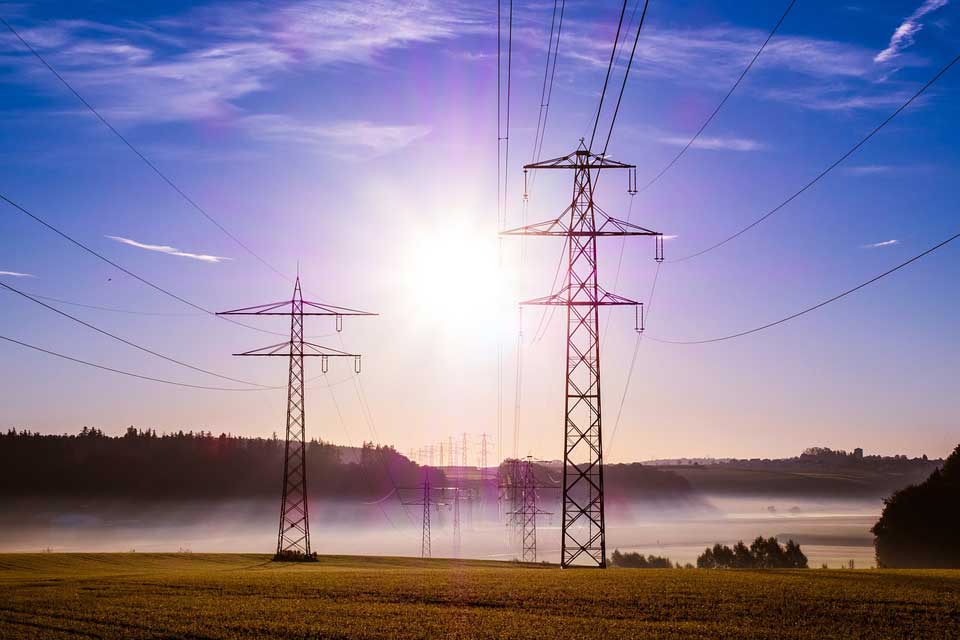UK government pumps £350 million into ‘green recovery’
https://energymanagementsummit.co.uk/wp-content/uploads/2020/07/green-recovery.jpg 960 640 Stuart O'Brien Stuart O'Brien https://secure.gravatar.com/avatar/81af0597d5c9bfe2231f1397b411745a?s=96&d=mm&r=gUK industry will receive around £350 million to cut down carbon emissions under new plans to step up efforts to tackle climate change.
The multimillion pound investment package will build on progress towards the UK’s target to reach net zero by 2050, by helping businesses to decarbonise across the heavy industry, construction, space and transport sectors and to secure the UK’s place at the forefront of green innovation.
The investment came ahead of the PM launching the first meeting of the Jet Zero Council, which will bring together government, representatives from the environmental sector and the aviation and aerospace industry to tackle aviation emissions in line with the government’s ambition to achieve the first ever zero emission long haul passenger plane.
The projects set to receive funding will work on developing new technologies that could help companies switch to more energy-efficient means of production, use data more effectively to tackle the impacts of climate change, and help support the creation of new green jobs by driving innovation and growth in UK industries.
The package includes:
- £139 million to cut emissions in heavy industry by supporting the transition from natural gas to clean hydrogen power, and scaling up carbon capture and storage (CCS) technology which can stop over 90% of emissions being released from industrial plants into the air by storing carbon permanently underground
- £149 million to drive the use of innovative materials in heavy industry; the 13 initial projects will include proposals to reuse waste ash in the glass and ceramics industry, and the development of recyclable steel
- £26 million to support advanced new building techniques in order to reduce build costs and carbon emissions in the construction industry
- A £10 million boost for state of the art construction tech which will go towards 19 projects focused on improving productivity and building quality, for example, re-usable roofs and walls and “digital clones” of buildings that analyse data in real time
- Launching a New National Space Innovation Programme backed by £15 million initial funding from the UK Space Agency, which will see the first £10million go towards projects that will monitor climate change across the globe, which could protect local areas from the impacts of extreme weather by identifying changes in the environment
- Opening up bids for a further £10million for R&D in the automotive sector, to help companies take cutting edge ideas from prototype to market, including more efficient electric motors or more powerful batteries
Chaired by the Transport and Business Secretaries, the first Jet Zero council meeting discussed how to decarbonise the aviation sector while supporting its growth and strengthening the UK’s position as a world leader in the sector.
The members will look at how to work across their sectors to achieve these goals, including through brand new aircraft and engine technologies. These could include using new synthetic and sustainable aviation fuels as a clean substitute for fossil jet fuel, and eventually the development of electric planes.
The government says that over the past decade, the UK has cut carbon emissions by more than any similar developed country. In 2019, UK emissions were 42% lower than in 1990.
Prime Minister Boris Johnson said: “We’ve made great strides towards our net zero target over the last year, but it’s more important than ever that we keep up the pace of change to fuel a green, sustainable recovery as we rebuild from the pandemic.
“The UK now has a huge opportunity to cement its place at the vanguard of green innovation, setting an example worldwide while growing the economy and creating new jobs.
“That’s why we’re backing cutting edge research to cut costs and carbon across our great British industries, and even paving the way for the first ever zero emission long haul passenger flight – so that our green ambitions remain sky high as we build back better for both our people and our planet.”
Business and Energy Secretary, Alok Sharma, said: “Climate change is among the greatest challenges of our age. To tackle it we need to unleash innovation in businesses across the country.
“This funding will reduce emissions, create green collar jobs and fuel a strong, clean economic recovery – all essential to achieving net zero emissions by 2050.”
Image by Steppinstars from Pixabay









